It’s pretty safe to say that most British children in the 1960s and ‘70s grew up on good terms with Peter, Jane and their dog, Pat. In fact, so popular were these characters that featured in the series of Ladybird books designed to help young children to learn to read, that they were generally referred to as ‘Peter and Jane books’ rather than their official title, the Key Words Reading Scheme.
Looking at the books now is bound to bring back a flood of warm nostalgia to anybody who learned from them; their cheery covers evoke happy feelings of sunny childhood days. I have never worn a native American Indian headdress and poked my head out of a tepee but the front of the first book ‘Play with us’ is so familiar, even though it must be at least thirty five years since I last saw it, that I feel like I was there with them.
There were 36 books in the series, with three for each reading level. All were based on the premise that recognising ‘key words’ was the cornerstone to learning to read. The list was based on the words that we all use every day with ‘a’, ‘and’, ‘is’, and ‘it’ being just a few of the initial set, building up to ones such as ‘what’, ‘where’, ‘your’, ‘which’ etc. (The Ladybird Key Words website offers an interesting ‘proof test’ of this theory – choose one paragraph from any newspaper, magazine or book and underline every word that is included in Ladybird’s first 100 key words. You should find that around 50% of the total words in the paragraph are underlined.)
The aforementioned very first book, ‘1a’ was a gentle beginning to both the idea of reading and the children and their family themselves – 12 key words reinforced by being repeated in simple sentences: ‘Here is Jane’, ‘Jane is here’,’ I like Peter’, ‘Peter likes Jane’ etc. More words would be introduced as the book went on but all with the same template sentences. After 1a the reader could move on to 1b to continue to practise the words again: they would be used in a different context and new pictures would be included. 1c gave them the chance to practise writing the words from that level and also presented the idea of phonics, blending the sounds of letters or groups of letters to make the words. And once that level had been mastered then it was on book 2a and so on. As the levels increased the writing in the books got smaller, with sentences becoming more complex and more key words being used.
The books’ topics were cheerful and fun for their young audience. Jane and Peter played games, went to the farm and talked about all the things they found interesting, making it more relatable for small children to understand and read.
All the books had the same layout, with the text on one page and a hand-drawn picture on the other to show what was happening. As the books were first published in 1964 the writing and the illustrations depicted the everyday life of the times and while the books were occasionally updated they obviously reflected a very different time to the one we are living in now. Jane’s activities throughout the series were often very different to that of her brother Peter’s. He was always active, helping out his Daddy with various activities or playing outside with balls. In comparison, Jane was much more docile; she was often portrayed just watching her brother do things, helping out Mummy in their house or sitting quietly with her doll. She did progress to wearing jeans in later reprints, however, rather than girly dresses and she also took up roller skating. Other alterations to the stories reflected the social changes in the UK: Daddy worked out where the dusters were and golliwogs were, quite rightly, removed.
The Key Word Reading Scheme is down to the work of educationalist William Murray and a senior educational psychologist called Joe McNally. Murray identified a problem with the UK education system where many children were having problems learning to read. Along with McNally he identified the words that were used most frequently in everyday language (which was surprisingly few of the average person’s 20,000 word vocabulary) and from this they developed their ‘Key Words to Literacy’ research. And it was an article in The Teacher magazine by Murray, about this research, that prompted publisher Douglas Keen to ask Murray to produce the text that became the Ladybird Key Words Reading Scheme. Harry Wingfield had already been working for Keen, drawing the pictures for earlier Ladybird books, and he became the illustrator for the Key Words series: the drawings of Jane and Peter being based on two children who lived locally to Wingfield.
While most UK schools now use phonics based reading systems rather than just ‘look and say’ methods, it is down to Peter, Jane, Pat, Mummy and Daddy that many past generations of children have learned to read. Indeed, there are still some Asian countries where these books are used to teach literacy to young children.
A staggering 100 million copies of the Key Word books have been sold across the globe since the scheme began and the books are still on sale today, ensuring that the family, and the gentle watercolour land that they lived in, will continue to be loved and remembered fondly by many, many people.



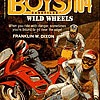
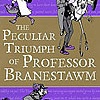
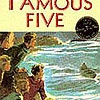
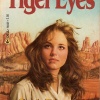

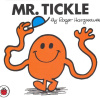

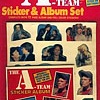

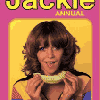
Do You Remember Ladybird Books Key Words Reading Scheme?
Do You Remember Ladybird Books Key Words Reading Scheme?